10. You and your partner Grimes are called to the scene of a stabbing. There are two patients reported. A woman with a stab wound to the URQ and a man with a stab wound to the LRQ. The woman with the wound in the URQ is having problems breathing, has a pulse of 103, respirations of 35, and they are shallow. The patient with the stab wound to the LRQ is complaining of severe abdominal pain and has a pulse of 48 and a respiration rate of 24. Which patient is most likely to have a low blood pressure? Why?
